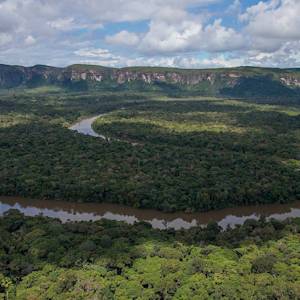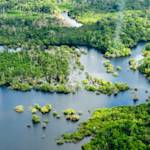Participatory forest restoration in Mexico
2008 CE • Mexico
"In the State of Hidalgo (Mexico), a participatory approach to forest restoration was launched with the objective of recovering the productive capacity of forests, which is essential for biodiversity conservation and for the economic well-being of local communities. Hidalgo, with a population of 2,354,885 inhabitants, covers an area of 20,987 km2 in the center of the country. It has a wide variety of ecosystems in tropical, temperate and semi-arid climates. Poor management of natural resources has caused various degrees of disturbance . . . resulting in 22,000 ha of fragmented rainforest and 31,000 ha of fragmented temperate and semi-arid forest. High rates of deforestation and forest degradation in Mexico’s rural communities have increased poverty and are causing rural populations to migrate to cities and foreign countries . . . Criteria for selecting restoration techniques and plant species were based on the economic needs of the communities, known uses of the plants, seed availability, ecological function and site characteristics, among others. A total of 30 catalyst species and 23 rare species, all native, were selected for the four ecosystem types in the region. It was found that community members have a remarkable understanding of the state of local natural resources and that their participation was crucial to the success of restoration projects."
"Mexico: Participatory approaches to ecological restoration in Hildago," Society for Ecological Restoration.
Image: panza.rayada, CC BY-SA 3.0, via Wikimedia Commons


Learn about Maya Lin’s fifth and final memorial: a multi-platform science based artwork that presents an ecological history of our world - past, present, and future.

Discover ecological histories and stories of former abundance, loss, and recovery on the map of memory.

Learn how we can reduce our emissions and protect and restore species and habitats – around the world.

See how art can help us rethink the problems we face, and give us hope that each one of us can make a difference.

Help make a global memorial something personal and close to home. Share your stories of the natural world.


